Complexion Perplexion: How To Deal With Post-Pill Breakouts
Why does skin freak out after coming off the pill? And more importantly, what can you do about it?
When it comes to skin and the contraceptive pill, the whole thing can be, to put it mildly, a mind f**k. When you’re on it, you’re the definition of a Good Skin Day, acne is an afterthought, and makeup-free days are a given; quit taking it, and suddenly pimples are everywhere, occasionally with the added bonus of newly-sprouting facial hair. What the hell is going on? And how can you make it stop? We asked two experts those exact questions.
Chill Pill
There are many reasons why a woman might decide to go on the pill, like “contraception, control of irregular or heavy periods, acne, hirsutism (excess facial or body hair growth), or to control PMS,” explains Dr Sonia Davison, an endocrinologist at Jean Hailes for Women’s Health. Once you and your doctor have made the decision to come off the pill, your body will return to its natural hormonal base line, a process that will vary between individuals – it can take anywhere from six to 12 months for hormones to stabilize after stopping the pill, notes Dr Davison, while for some, it will happen immediately; most women, though, “will be back to normal hormone production within two to three months.” However long it takes, this is when you might experience changes in your skin, plus possibly your periods, mood and hair growth. Good times.
For some, coming off the pill will introduce issues you’ve never had to deal with before, while for others, coming off the pill will re-introduce problems you’ve always had and that the pill has been controlling up until now. In other words, the pill was doing you a solid and covering up concerns you would otherwise be dealing with.
Also critical: the type of pill you’re prescribed can indicate the kinds of challenges you could face when coming off it. “Most women are on the combined pill, which is made up of various ratio combinations of oestrogen and progestogen hormones, and can regulate and block the effects of androgen (male hormones) to reduce sebum production and acne,” says Dr Leona Yip, a consultant dermatologist. “With these patients, we tend to see acne flares or breakouts as androgen hormone levels start to surge within the first few months of coming off the pill.” For those on the mini-pill, which only contains progestogens, sebum production might increase post-pill, which can lead to oilier skin and acne.
Save Face
What to do? First, patience. You are going to get through this (and you’re not the only one dealing with it – search #skinpositivity on Instagram if you need proof).
Second, take a close look at what you’re eating. “There is reputable evidence that diet influences the formation of acne, so reducing your intake of dairy and refined carbohydrates, and steering clear of a high-fat diet, may help reduce acne flares,” suggests Dr Yip.
Third, practise good skin care. For mild breakouts, a consistent cleansing and moisturising routine – think gentle cleansers, sunscreen and products containing salicylic acid and benzoyl peroxide – can help reduce sebum production, unblock pores and diminish the inflammation caused by the P. acnes bacteria (this bacteria is part of the skin’s natural microbiome, but it’s also the chief bacteria responsible for acne formation). Stick to cosmetics marked ‘non-comedogenic’, as these are specifically formulated to not block pores, cleanse skin thoroughly every night, keep your complexion well hydrated with a lightweight moisturiser instead of too-heavy oils or creams, and ditch the full coverage base products that, if we’re being honest, oftentimes just draw attention to those pesky skin problems, instead of camouflaging them.
Seek Help
If your skin does not return to normal, or if the acne gets worse, within three to six months of coming off the pill, see your GP or dermatologist, “who can often offer more effective treatments, such as oral antibiotics, anti-androgens, or a vitamin-A based topical or oral medication,” advises Dr Yip.
And try not to switch between being on and off the pill too frequently, to keep your hormones stable. Dr Davison’s recommendation: “Either being on the pill consistently, like for six to 12 months, or off it.”
So that’s your prescription: patience, products, and if you’re currently on the pill and thinking about coming off it, preparation, both mentally and physically, for a possibly difficult path ahead. Hang in there.
Complexion Perplexion: How To Deal With Post-Pill Breakouts
Why does skin freak out after coming off the pill? And more importantly, what can you do about it?
When it comes to skin and the contraceptive pill, the whole thing can be, to put it mildly, a mind f**k. When you’re on it, you’re the definition of a Good Skin Day, acne is an afterthought, and makeup-free days are a given; quit taking it, and suddenly pimples are everywhere, occasionally with the added bonus of newly-sprouting facial hair. What the hell is going on? And how can you make it stop? We asked two experts those exact questions.
Chill Pill
There are many reasons why a woman might decide to go on the pill, like “contraception, control of irregular or heavy periods, acne, hirsutism (excess facial or body hair growth), or to control PMS,” explains Dr Sonia Davison, an endocrinologist at Jean Hailes for Women’s Health. Once you and your doctor have made the decision to come off the pill, your body will return to its natural hormonal base line, a process that will vary between individuals – it can take anywhere from six to 12 months for hormones to stabilize after stopping the pill, notes Dr Davison, while for some, it will happen immediately; most women, though, “will be back to normal hormone production within two to three months.” However long it takes, this is when you might experience changes in your skin, plus possibly your periods, mood and hair growth. Good times.
For some, coming off the pill will introduce issues you’ve never had to deal with before, while for others, coming off the pill will re-introduce problems you’ve always had and that the pill has been controlling up until now. In other words, the pill was doing you a solid and covering up concerns you would otherwise be dealing with.
Also critical: the type of pill you’re prescribed can indicate the kinds of challenges you could face when coming off it. “Most women are on the combined pill, which is made up of various ratio combinations of oestrogen and progestogen hormones, and can regulate and block the effects of androgen (male hormones) to reduce sebum production and acne,” says Dr Leona Yip, a consultant dermatologist. “With these patients, we tend to see acne flares or breakouts as androgen hormone levels start to surge within the first few months of coming off the pill.” For those on the mini-pill, which only contains progestogens, sebum production might increase post-pill, which can lead to oilier skin and acne.
Save Face
What to do? First, patience. You are going to get through this (and you’re not the only one dealing with it – search #skinpositivity on Instagram if you need proof).
Second, take a close look at what you’re eating. “There is reputable evidence that diet influences the formation of acne, so reducing your intake of dairy and refined carbohydrates, and steering clear of a high-fat diet, may help reduce acne flares,” suggests Dr Yip.
Third, practise good skin care. For mild breakouts, a consistent cleansing and moisturising routine – think gentle cleansers, sunscreen and products containing salicylic acid and benzoyl peroxide – can help reduce sebum production, unblock pores and diminish the inflammation caused by the P. acnes bacteria (this bacteria is part of the skin’s natural microbiome, but it’s also the chief bacteria responsible for acne formation). Stick to cosmetics marked ‘non-comedogenic’, as these are specifically formulated to not block pores, cleanse skin thoroughly every night, keep your complexion well hydrated with a lightweight moisturiser instead of too-heavy oils or creams, and ditch the full coverage base products that, if we’re being honest, oftentimes just draw attention to those pesky skin problems, instead of camouflaging them.
Seek Help
If your skin does not return to normal, or if the acne gets worse, within three to six months of coming off the pill, see your GP or dermatologist, “who can often offer more effective treatments, such as oral antibiotics, anti-androgens, or a vitamin-A based topical or oral medication,” advises Dr Yip.
And try not to switch between being on and off the pill too frequently, to keep your hormones stable. Dr Davison’s recommendation: “Either being on the pill consistently, like for six to 12 months, or off it.”
So that’s your prescription: patience, products, and if you’re currently on the pill and thinking about coming off it, preparation, both mentally and physically, for a possibly difficult path ahead. Hang in there.


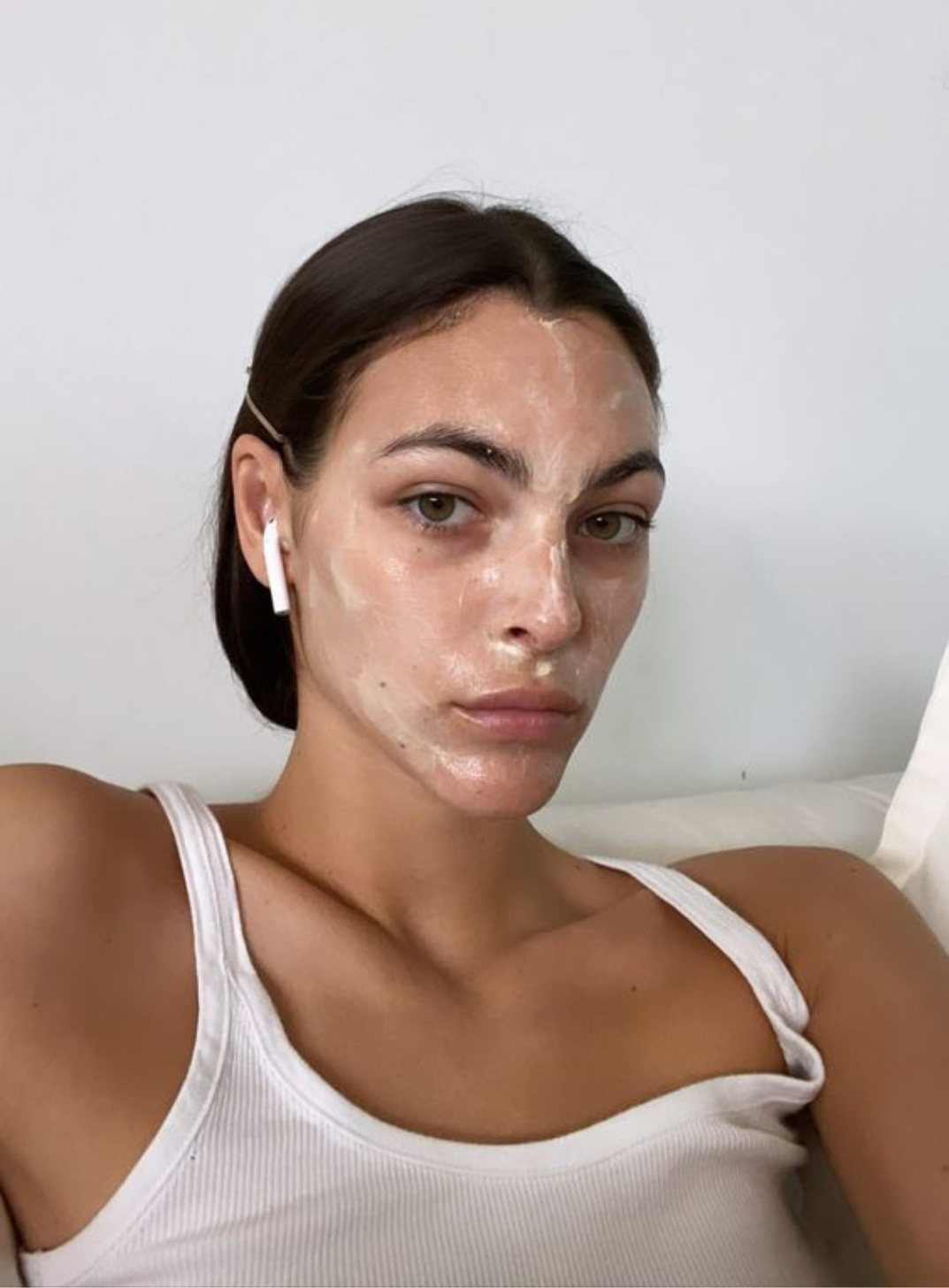


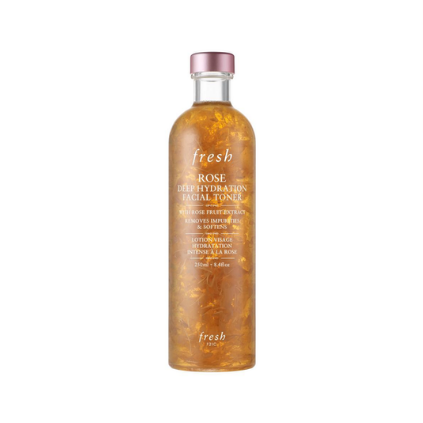
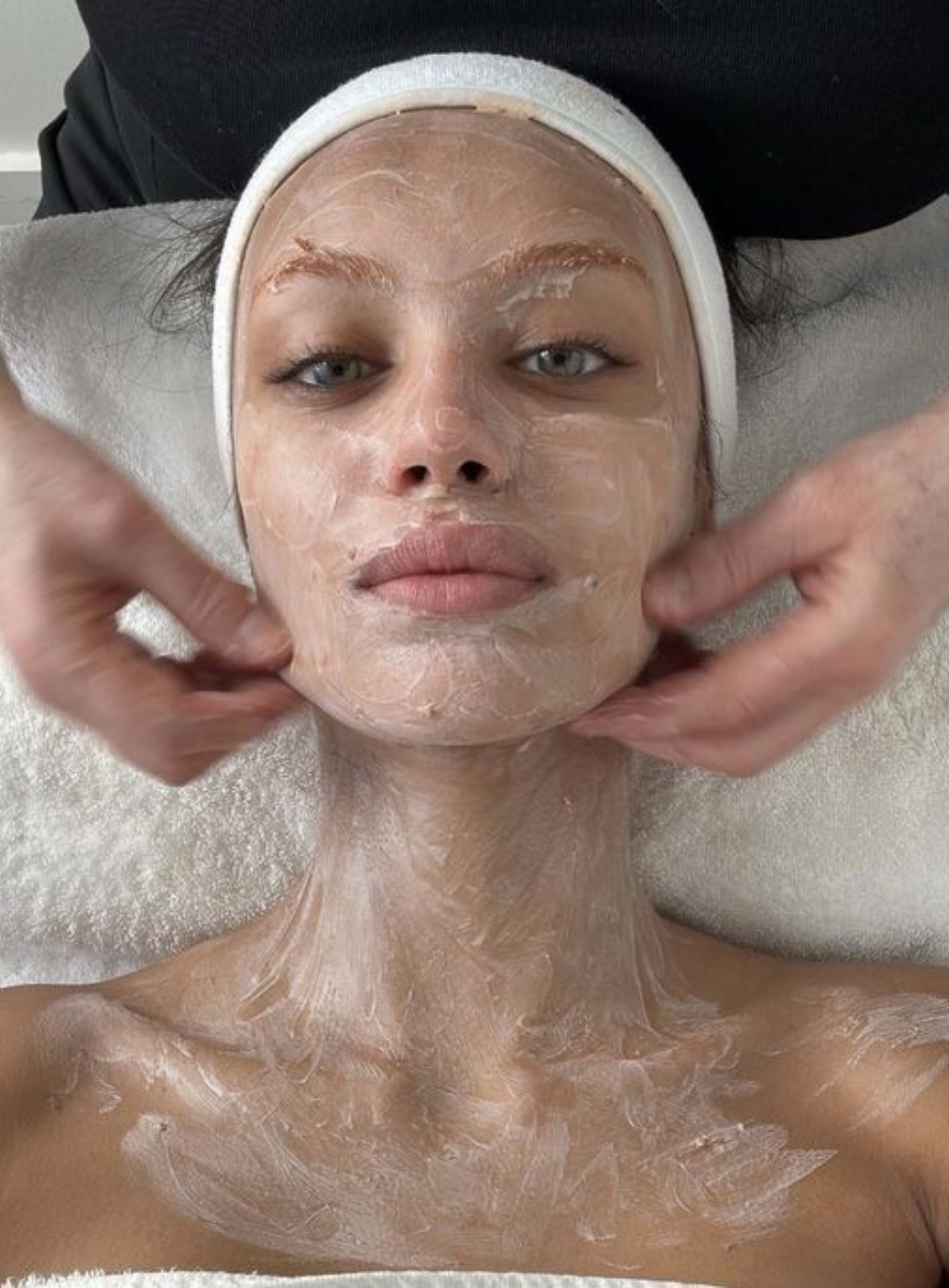


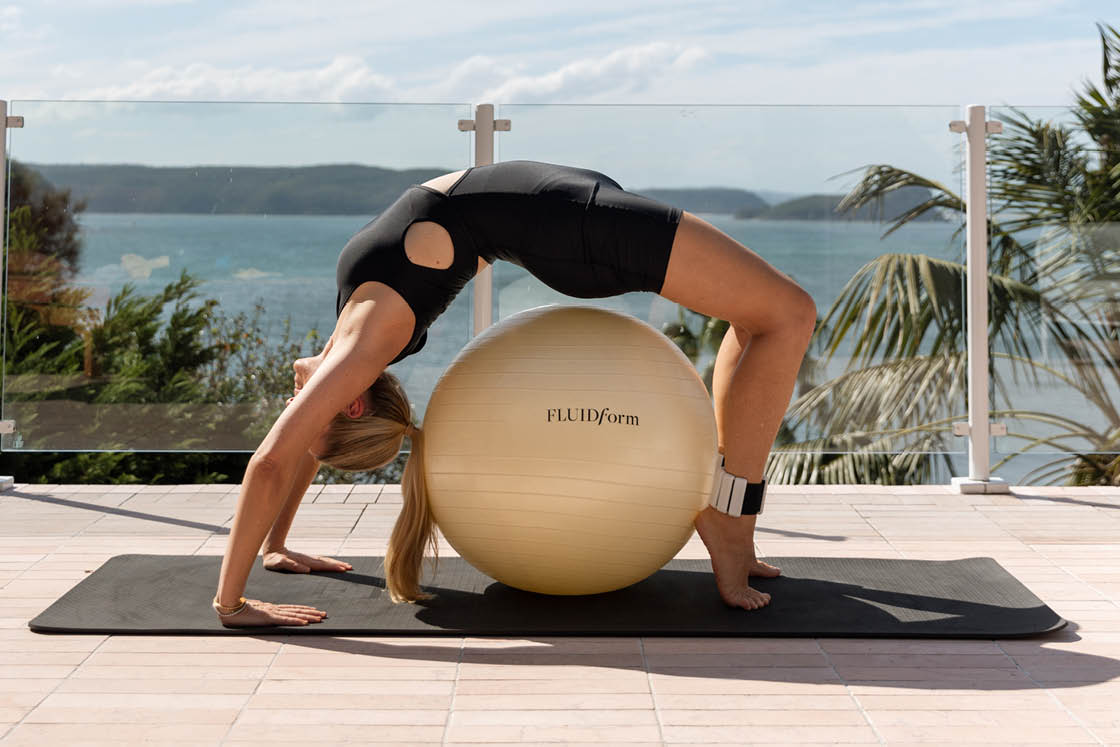
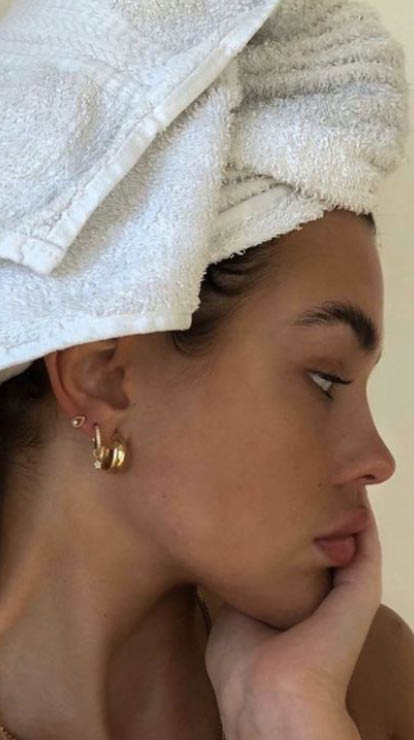
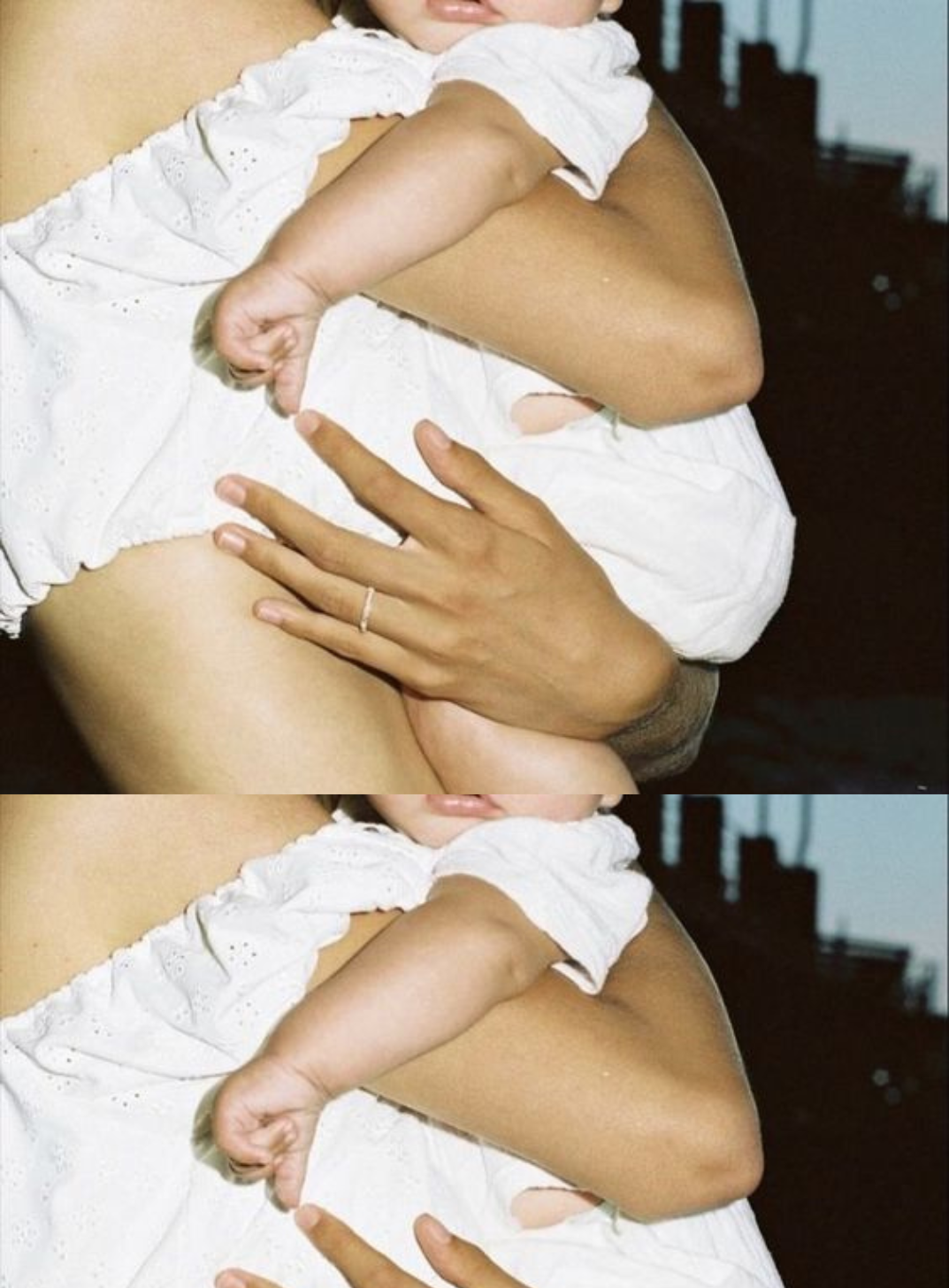
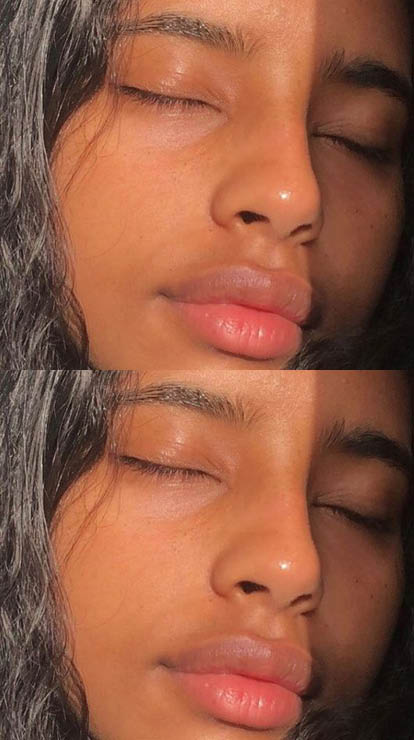

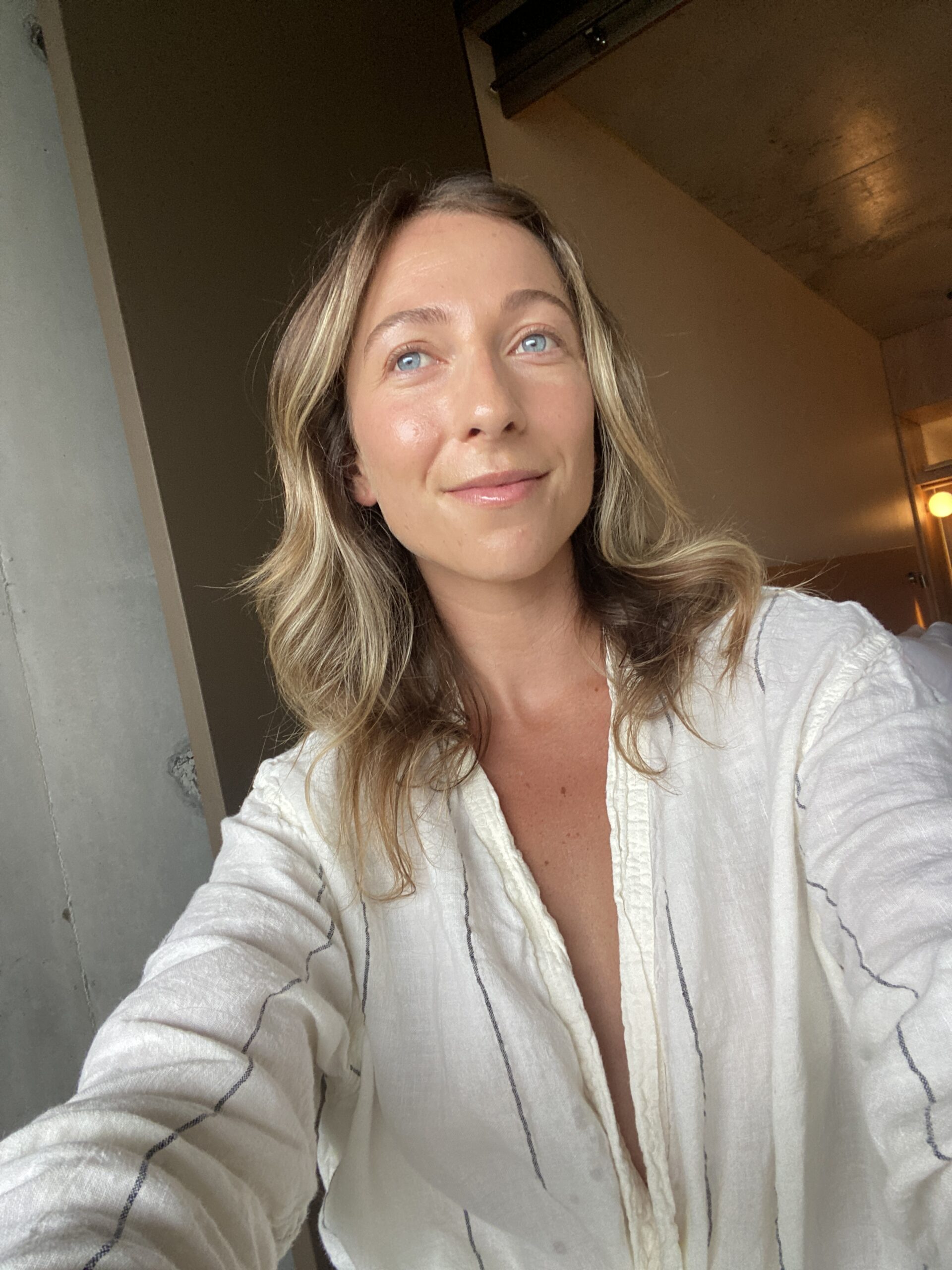
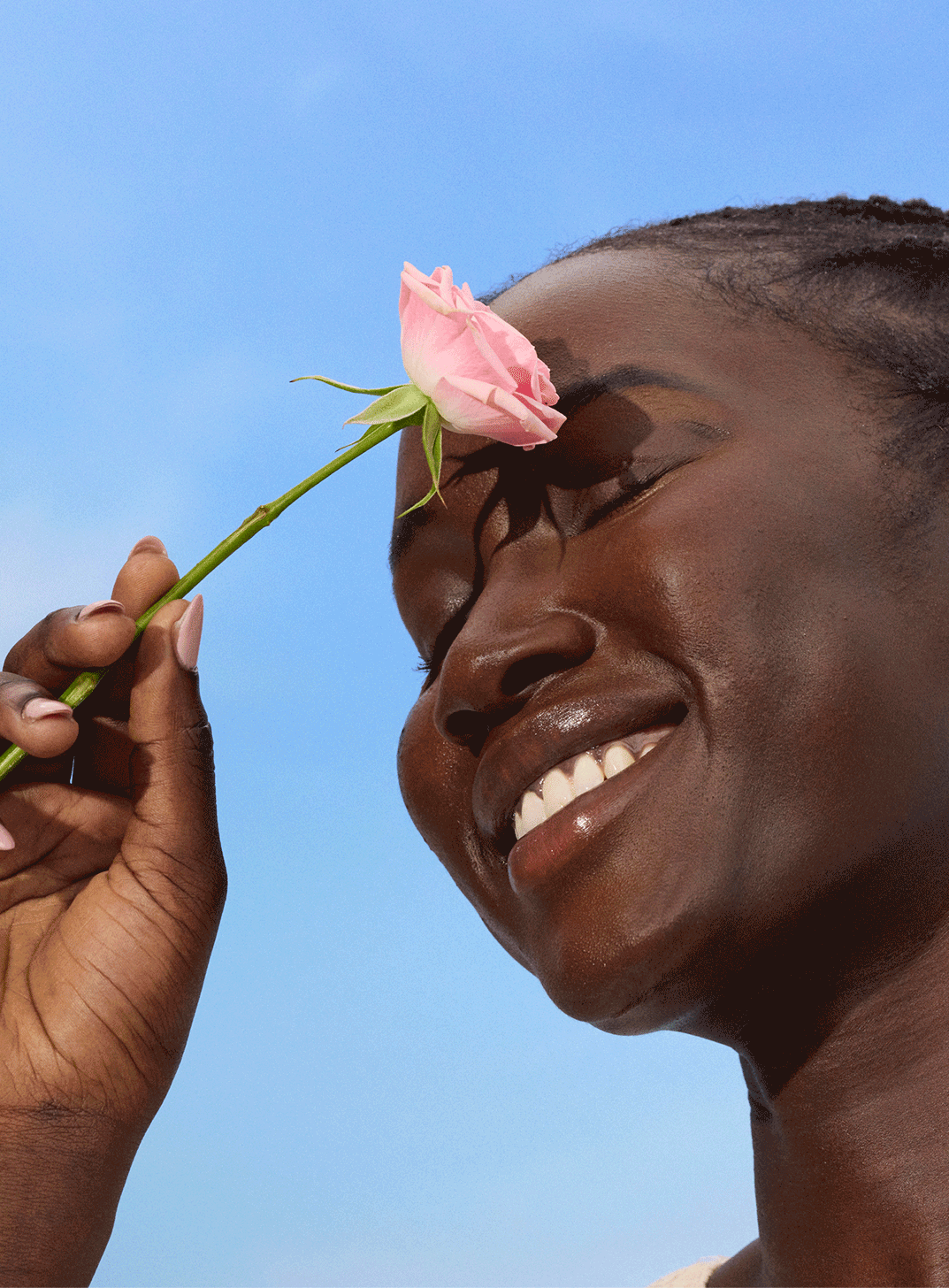
Comments